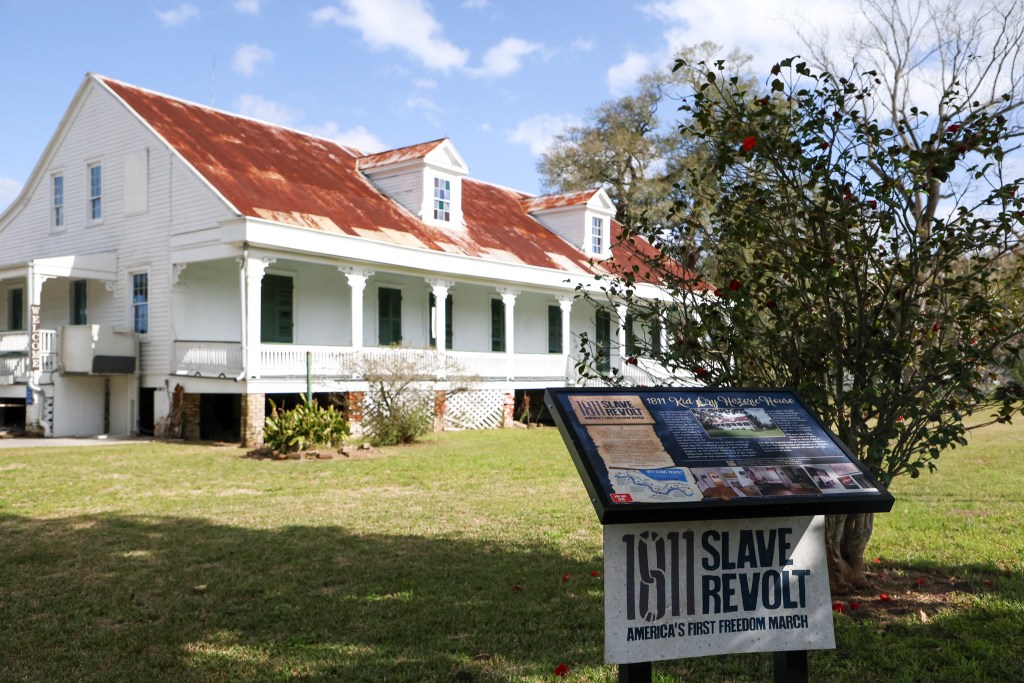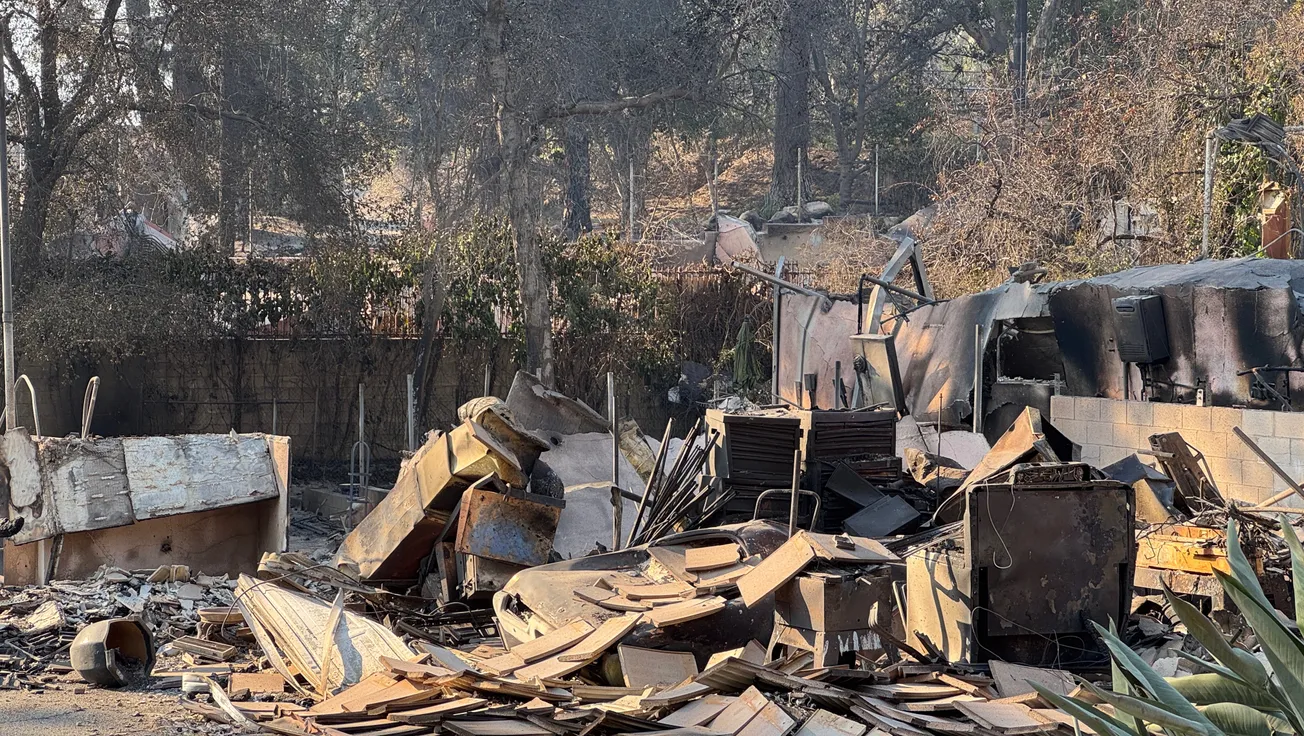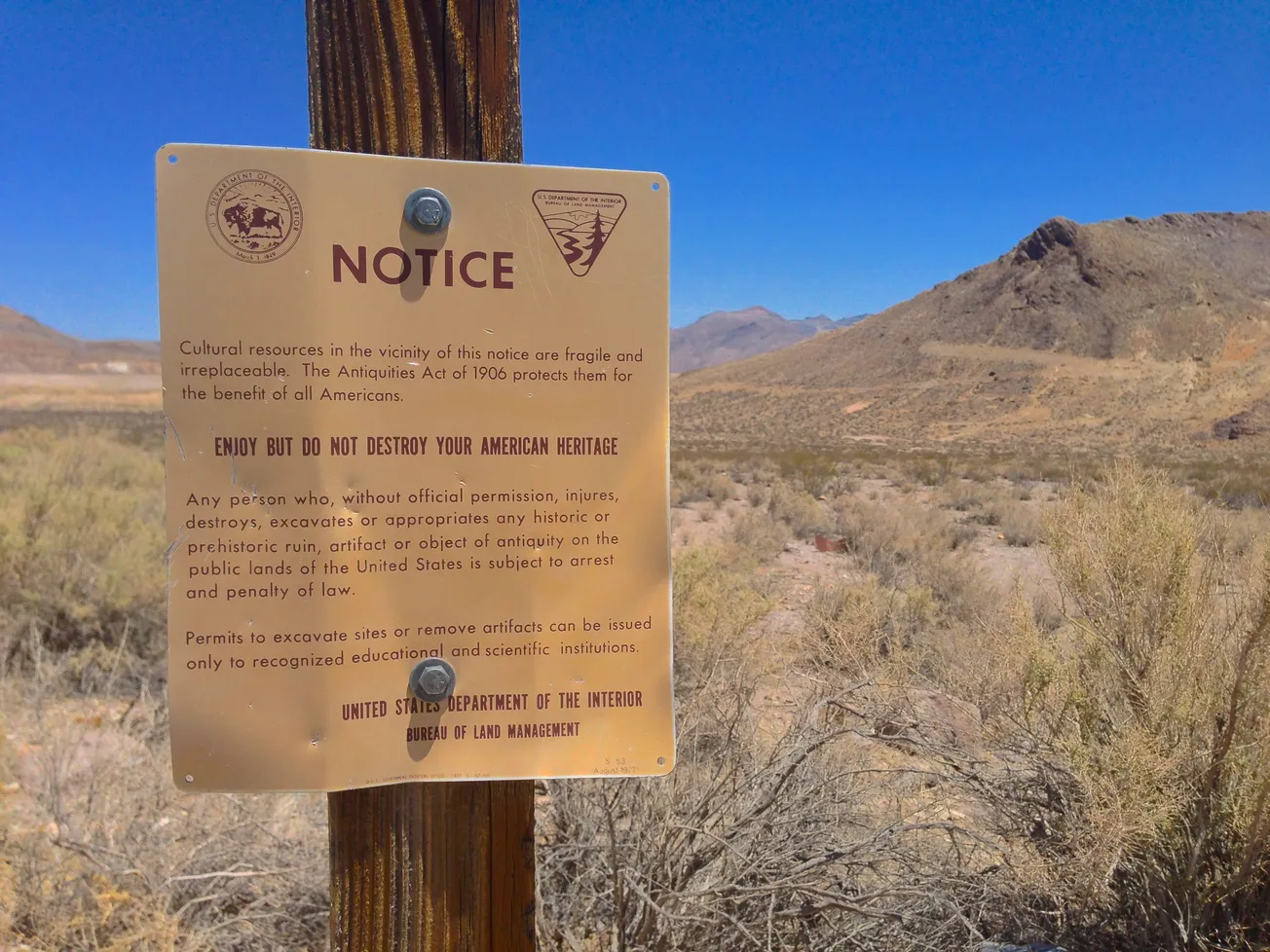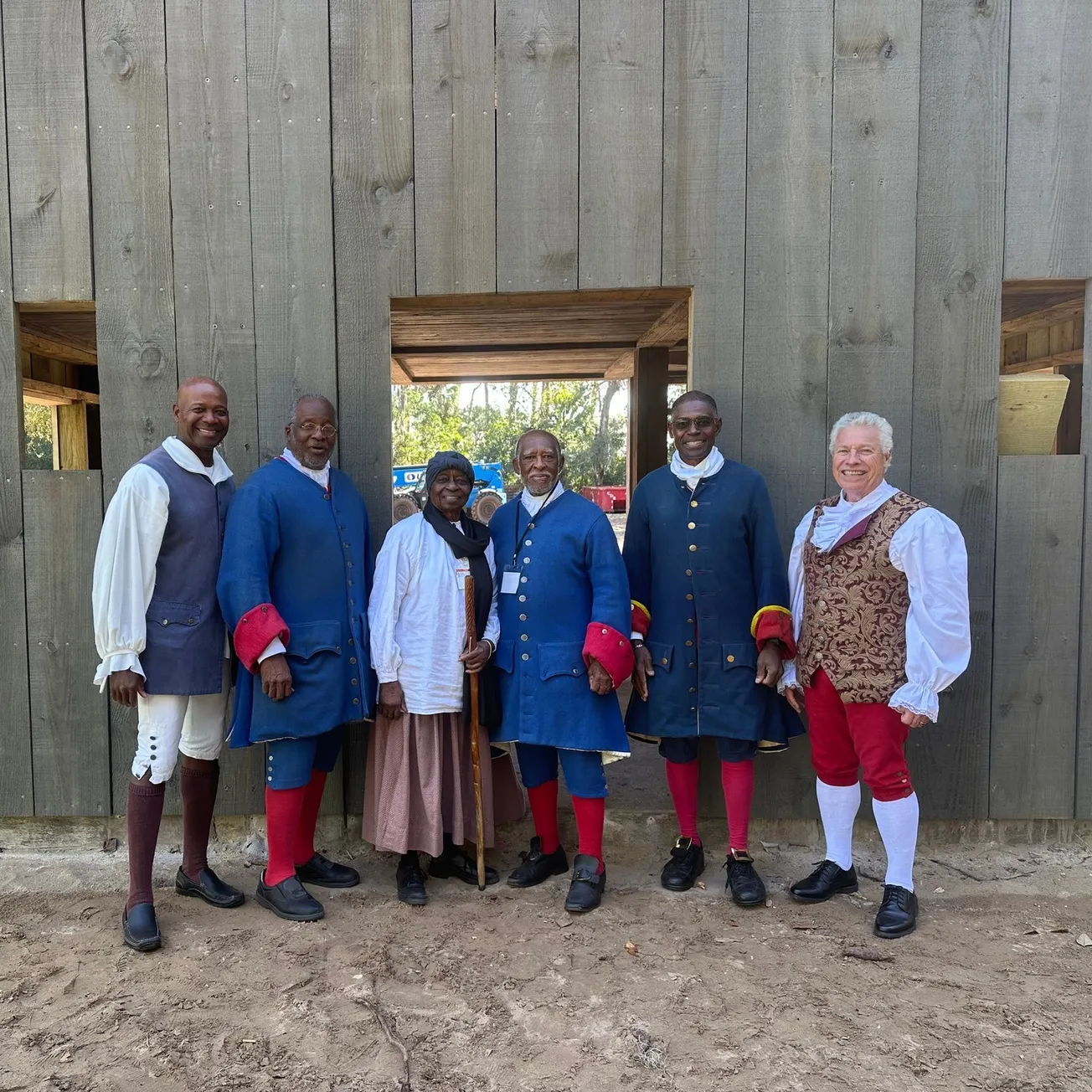by Drew Costley, Verite News
LAPLACE, La. — When Jo and Dr. Joy Banner first learned that Colorado-based agriculture infrastructure company Greenfield Louisiana had donated $25,000 to the 1811 Kid Ory Historic House in LaPlace, they were skeptical of the company’s motives. To the Banner sisters, historic preservation seemed to be the least of the company’s concerns.
Since 2021, the Banners have been fighting the company’s efforts to construct a massive grain terminal in their hometown of Wallace — on land that abuts the Oak Alley and Whitney plantations, which were established in the antebellum South.
The sisters, who founded and now direct the historic preservation and environmental justice group The Descendants Project, believe the terminal would cause environmental harm to Wallace and potentially disturb the unmarked graves of enslaved people who lived in the area. The Department of Health and Human Services and U.S. Army Corps of Engineers have indicated the terminal will add to the environmental burden of Wallace and could harm historic sites in the area.
The historic Kid Ory house—itself a former plantation house—had shuttered in October 2022 after roughly a year of operating as a museum, where visitors learned about its origins as the site of the 1811 German Coast slave revolt, one of the largest in American history, and as the birthplace of jazz pioneer Edward “Kid” Ory. Greenfield’s donation was intended to help the historic house restart operations; the museum’s founder had said operations were getting too costly after Hurricane Ida.
But the Banners viewed Greenfield’s donation as a public relations move, aimed at convincing residents of the nearly all-Black Wallace to embrace the grain terminal.
“Using a historic resource, something as is as important as this house… to offset the damage industry was going to do to our community… it was very gross, very upsetting,” Joy said.
Officials with Greenfield told Verite News that, once constructed, the grain terminal will emit less pollutants than the 450 acres of sugarcane fields currently operating on the land. They also said the company is working with the Corps of Engineers to figure out how to mitigate the adverse effects the construction of the terminal might have on historic sites nearby.
“We have been in constant contact with the community and we are committed to being good neighbors,” said Lynda Van Davis, council and head of external affairs for Greenfield’s operations in Louisiana.
Even with the Greenfield donation, the museum didn’t have enough money to continue operating even after receiving the donation from Greenfield. Timothy Sheehan, who owned the land, decided to sell it to the Banner sisters for $750,000 in January. The sisters said they bought the four-acre tract of land to help preserve an important piece of Black history in their community and to use it to educate and benefit the community, as opposed to the museum becoming a bargaining chip for industry.
“I respect him for at least reaching out to us first and knowing what we wanted and seeing our vision,” Joy said.
Now they plan to use it to further their mission of preserving the history of Black descendants of the River Parishes and protecting their environmental health.

The sisters said they will use the land for education, historical preservation and creation of an environmental safe haven in a parish polluted by petrochemical companies. In addition to teaching visitors about the 1811 slave revolt and Kid Ory, the Banners will teach them about throughline linking the ownership of plantations to the creation of petrochemical facilities – what they call the “plantation-to-plant pipeline.”
Early in the history of American chattel slavery, plantations developed tools and systems to produce and sell more agricultural crops, which industrialized farms long before the arrival of petrochemical companies, Jo said. The descendants of plantation owners eventually sold large tracts of their land, which was already set up to support industrial sites, to petrochemical companies.
“These plantations provided everything that a petrochemical refinery would need: access to the river, large pieces of land, and governments that are very accommodating to them,” she said.
Many of the descendants of those enslaved on those plantations still live in the area and are now plagued by air and water pollution, Jo said. “These people didn't have the means to just pick up and leave,” she said.
The Descendants Project will do an archaeological survey of the land to see if there are any artifacts or burial sites present on the property. Eventually, they will plant gardens filled with native trees, flowers, and plants to cool the site’s surface temperature, filter the air, and attract bees and other pollinators, teaching visitors about sustainable agricultural practices in the process.
The sisters said they will hold a series of meetings with community members who are descendants of people who were enslaved in the area about how they want the land to be used, too.
The Banners said buying the land was not originally in their operating budget for this year and they had to use funds allocated for other preservation work to pay for the property. They are raising funds to replace the hit they took from buying the land and for the kind of educational, historical, and environmental work they want to do there.
The sisters see this project as part of their ongoing work to preserve and protect the environmental health of Black descendants of the people who were enslaved in the River Parishes. That includes a plantation house they bought in Wallace, where they are headquartered, that they are trying to get listed in the National Register of Historic Places. With the purchase of the 1811 Kid Ory Historic House, the Descendants Project now has ongoing projects on the east and west banks of the Mississippi River.
“This is the opportunity for our communities to come together in resistance and in support for our ultimate liberation,” Joy said.
This article first appeared on Verite News and is republished here under a Creative Commons license.










